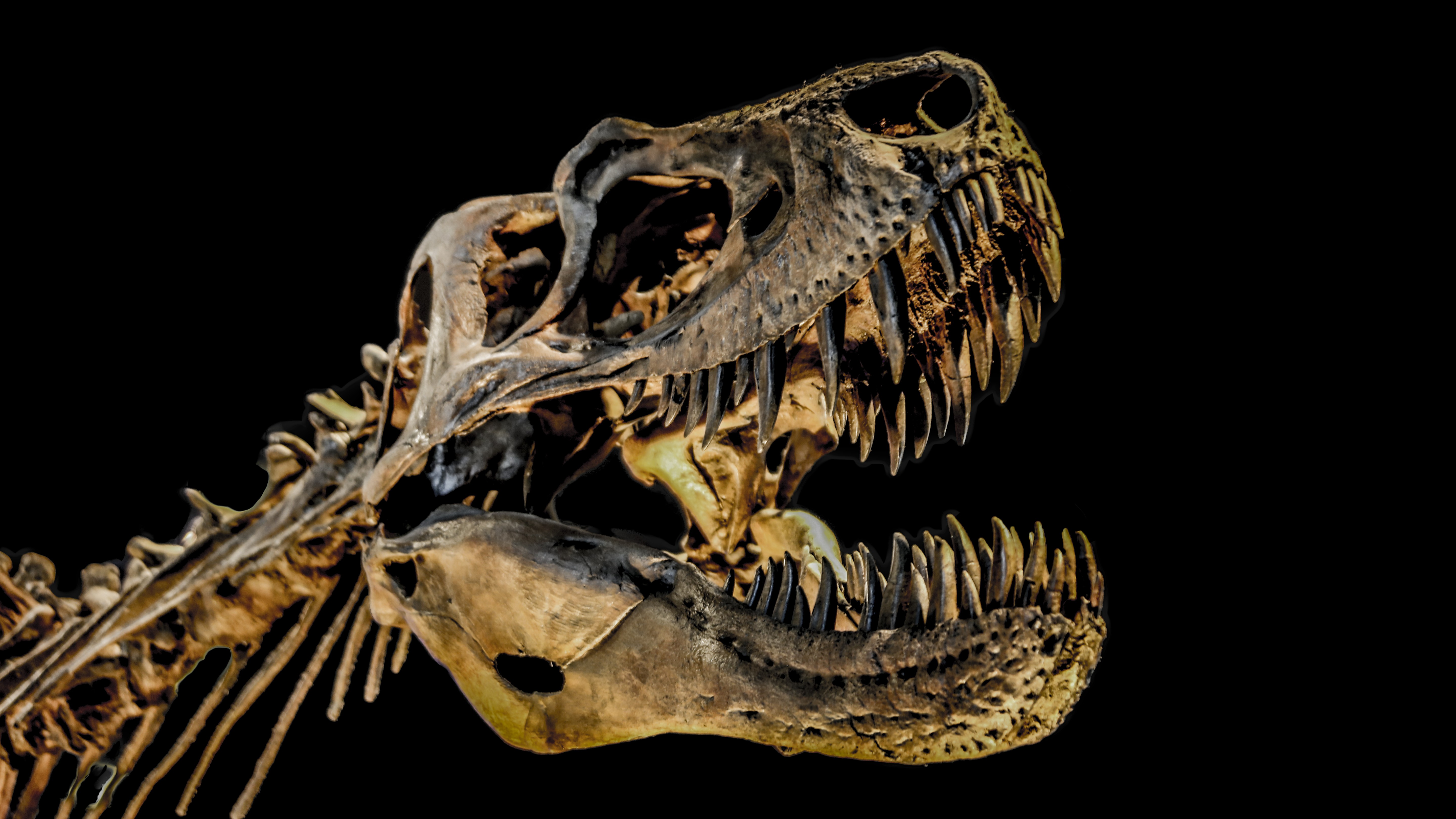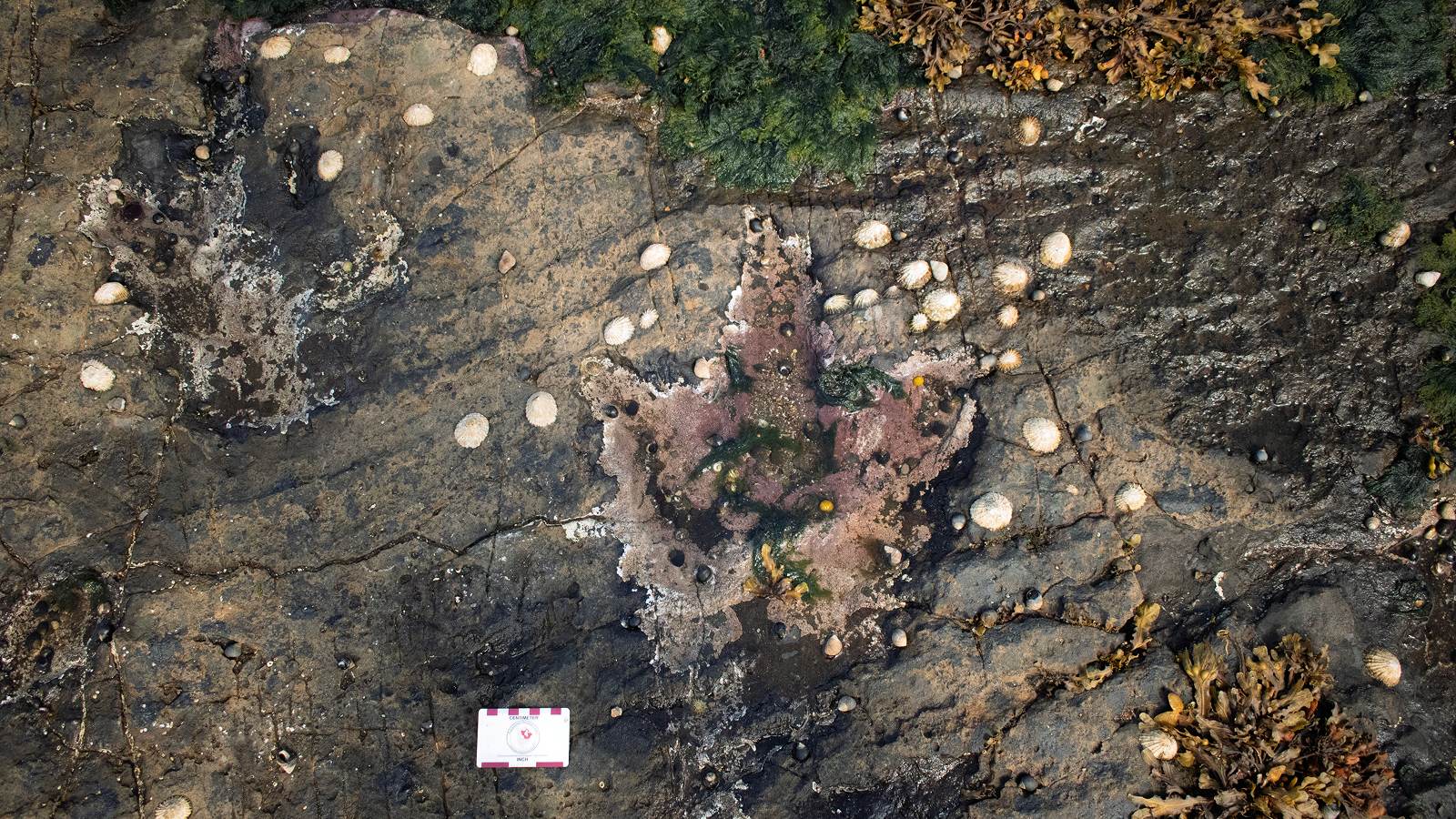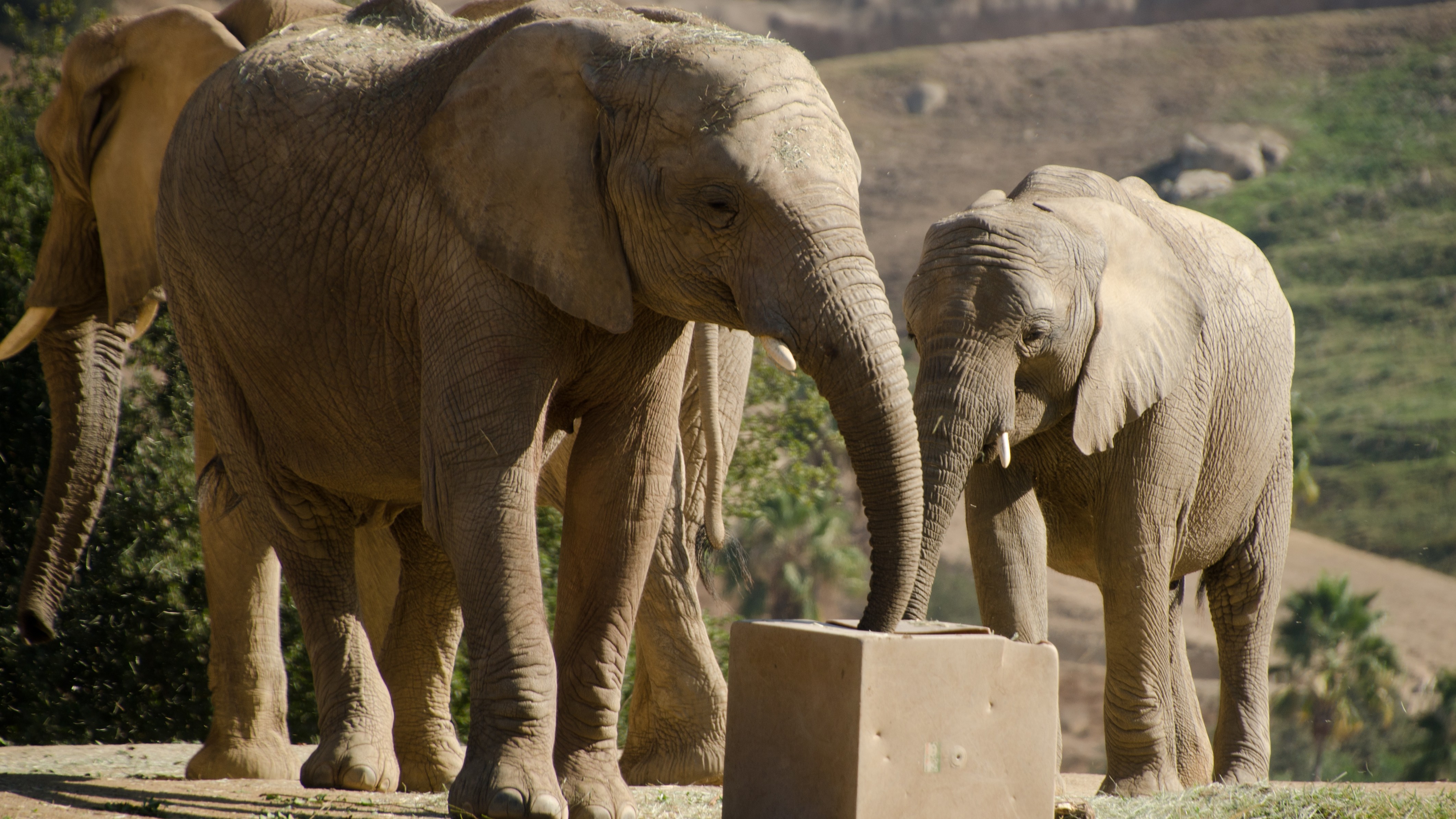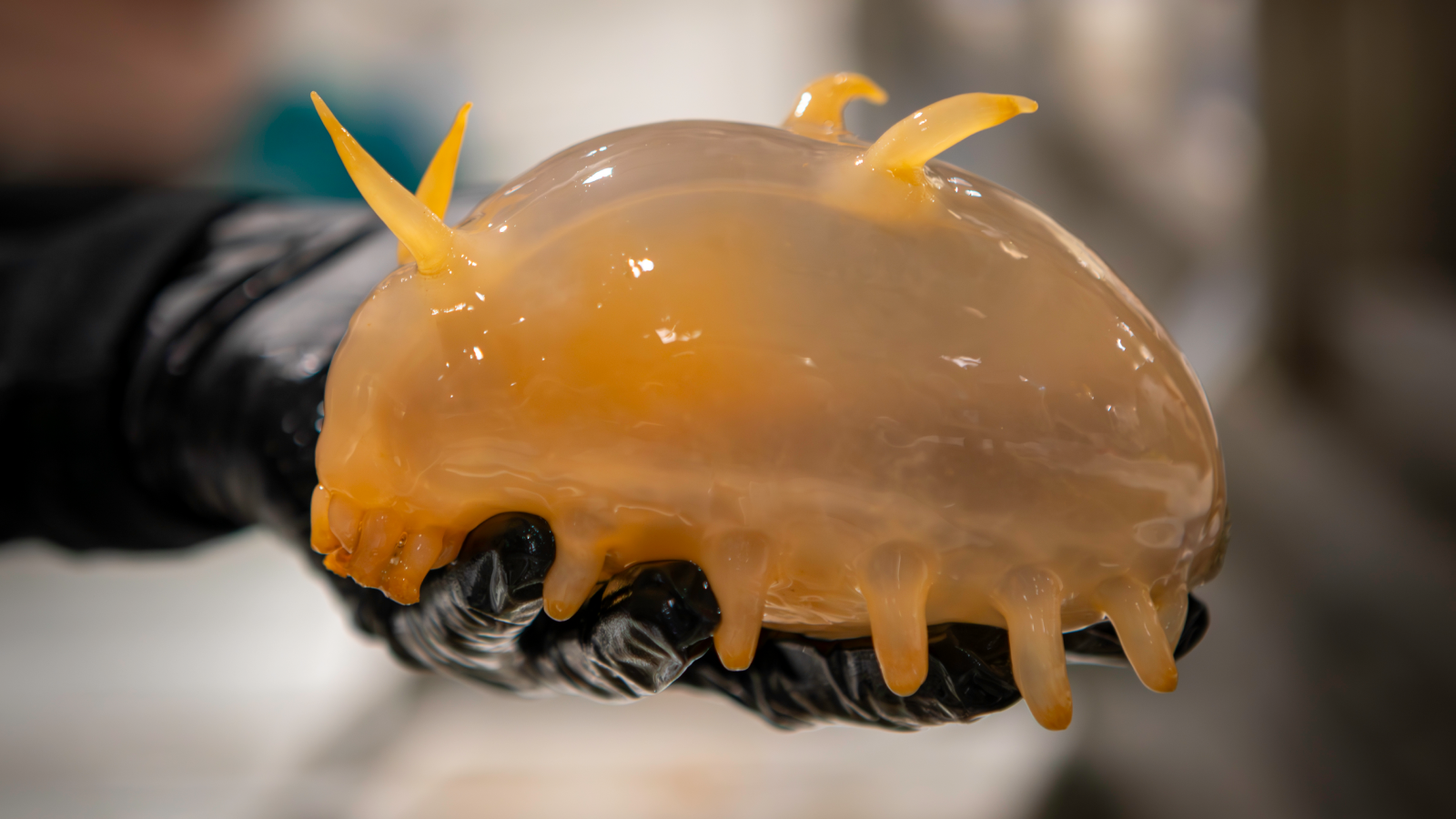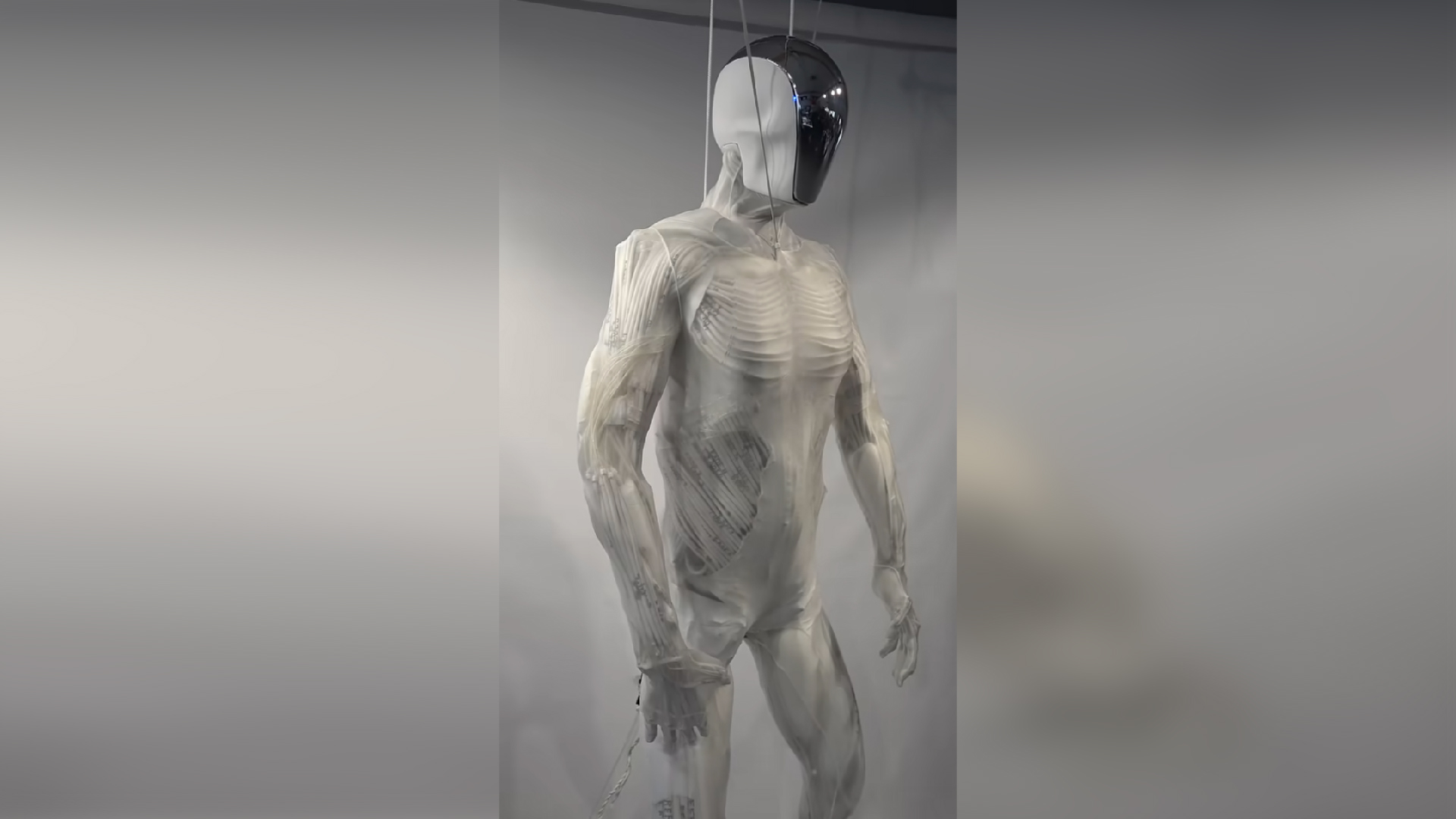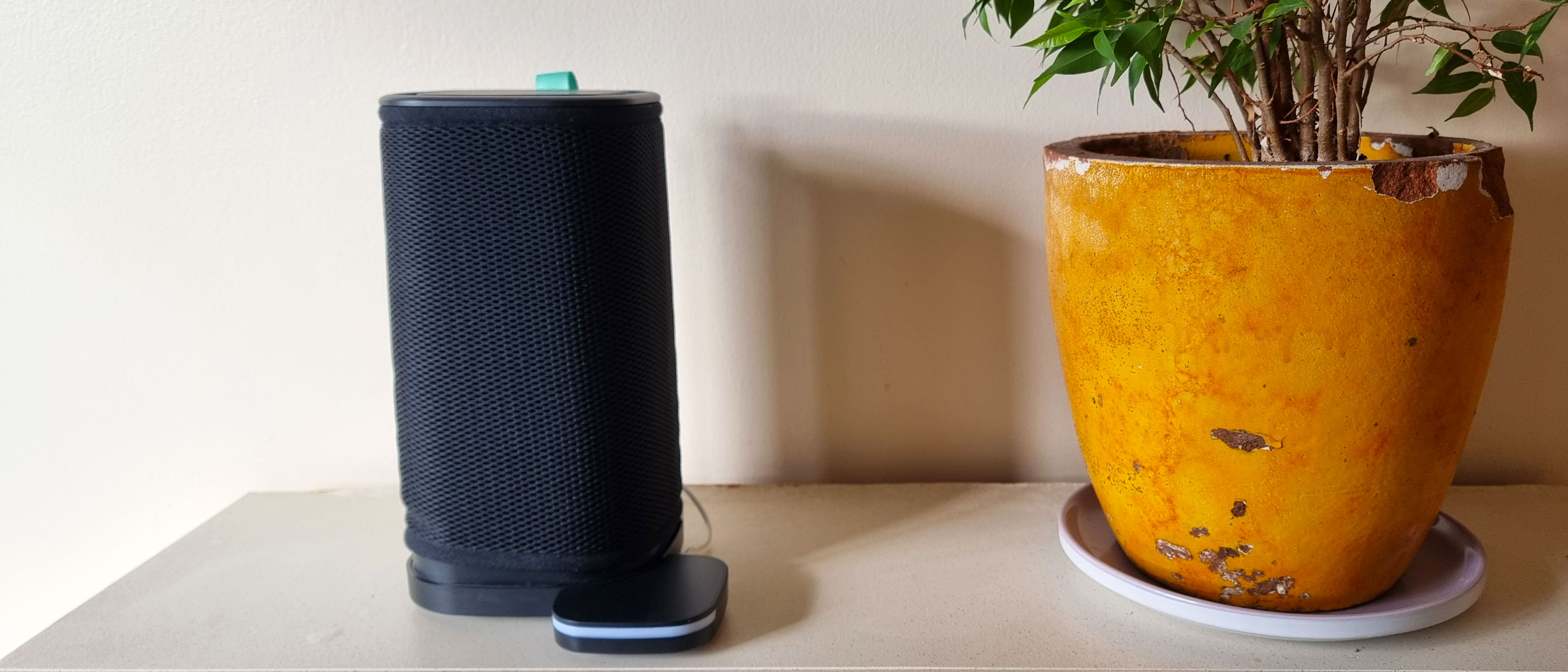Fully Restored WWII Fighter Plane Up for Auction

A British warplane that was shot down in 1940 during World War II and was later meticulously restored to flying condition is slated to hit the auction block this summer.
The fighter plane — one of only two original Mk. 1 Spitfire models still able to fly — will be sold to commemorate the 75th anniversary of two pivotal WWII skirmishes: the Battle of France and the Battle of Britain. The historic aircraft could fetch up to $3.8 million (2.5 million British pounds), according to Christie's London, the auction house handling the sale.
The Spitfire, called P9374, has been restored to its original specifications and is able to take to the air today, said auction house Christie's of the sale, which will take place July 9. [See video of the historic Spitfire warplane in flight]
The iconic warplane is associated with the Battle of Britain, in which the German Air Force attempted to exert superiority over the United Kingdom's Royal Air Force (RAF). The campaign, which began in the summer of 1940, included a series of battles in British airspace and bombing raids over the United Kingdom. The Spitfire is credited with helping Britain hold its own and for preventing the Germans from becoming the dominant force in the air.
"Christie's is proud to be entrusted with the sale of this Spitfire, a truly iconic aircraft which is a symbol of the bravery 'of the few' in the Battle of Britain," Robert Copley, deputy chair of Christie's UK, said in a statement.
P3974 was shot down during the battle of Dunkirk on May 24, 1940, and the tides eventually buried it deep in the sand. According to Christie's officials, the plane was thought to be downed by a single bullet, and its flying officer, Peter Cazenove, reportedly radioed, "Tell mother I’ll be home for tea" before he crash-landed on a beach in Calais, France.
Cazenove was taken as a prisoner of war and remained in captivity for the remainder of the war, though he was involved in preparations for a mass getaway from the German Stalag Luft III camp, which famously came to be known as the "Great Escape."
Sign up for the Live Science daily newsletter now
Get the world’s most fascinating discoveries delivered straight to your inbox.
Cazenove died shortly before his plane re-emerged on the sands of Calais in September 1980.
Once the Spitfire was recovered, it was sent to the Air and Space Museum in Le Bourget, Paris, but was shuffled to different locations until its parts were eventually shipped to the Aircraft Restoration Company and its subsidiary Historic Flying Ltd. in Duxford, England. There, the aircraft underwent a three-year restoration to return it to its original condition.
The aircraft, which is currently owned by American philanthropist Thomas Kaplan, successfully took to the air again in 2011. Kaplan also owns the only other flightworthy Mk. 1 Spitfire, called N3200.
Follow Elizabeth Howell @howellspace, or Live Science on Twitter @livescience. We're also on Facebook & Google+. Original article on Live Science.

Elizabeth Howell was staff reporter at Space.com between 2022 and 2024 and a regular contributor to Live Science and Space.com between 2012 and 2022. Elizabeth's reporting includes multiple exclusives with the White House, speaking several times with the International Space Station, witnessing five human spaceflight launches on two continents, flying parabolic, working inside a spacesuit, and participating in a simulated Mars mission. Her latest book, "Why Am I Taller?" (ECW Press, 2022) is co-written with astronaut Dave Williams.


